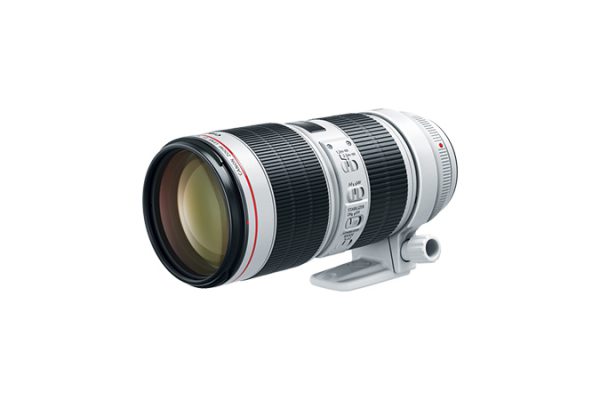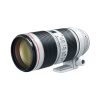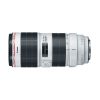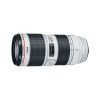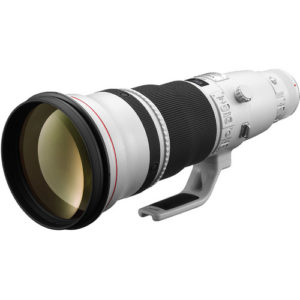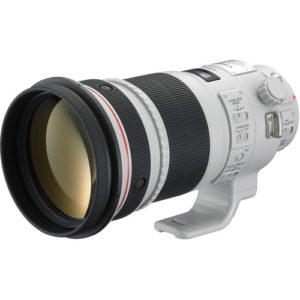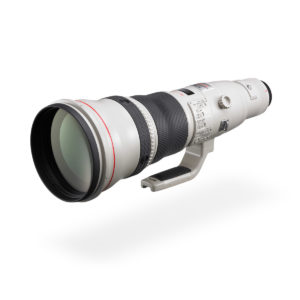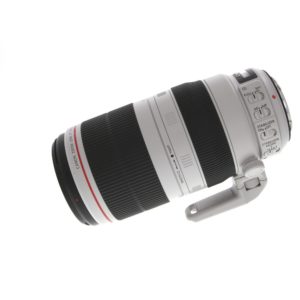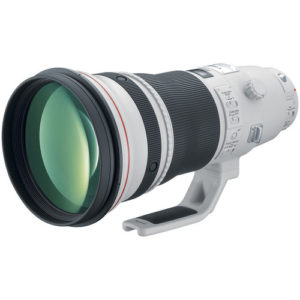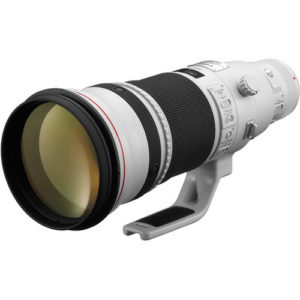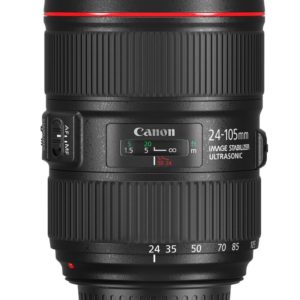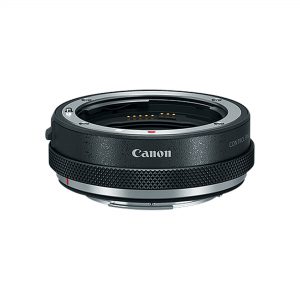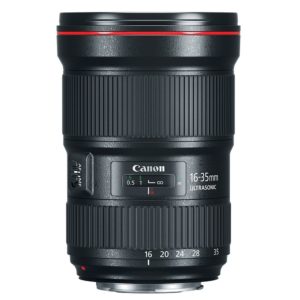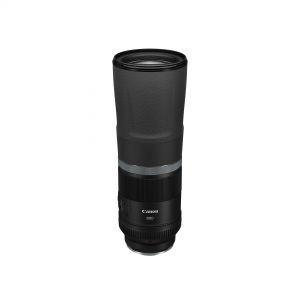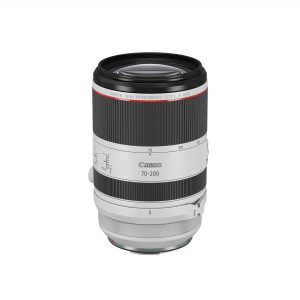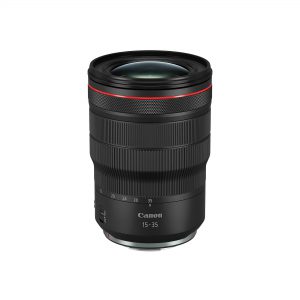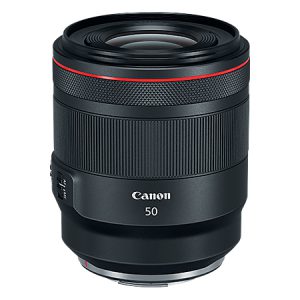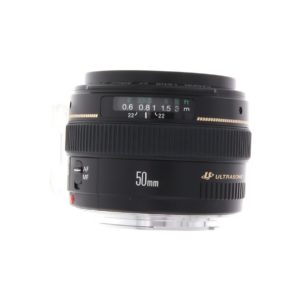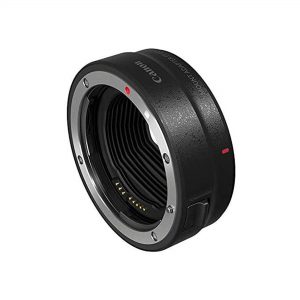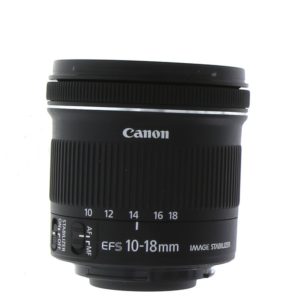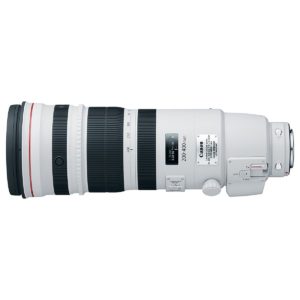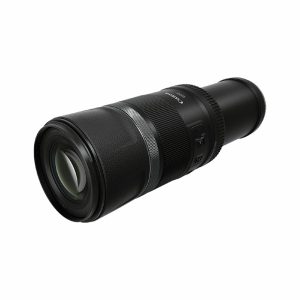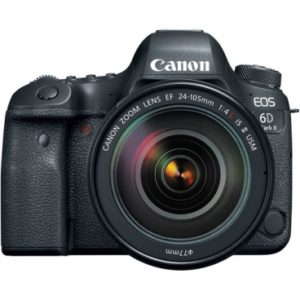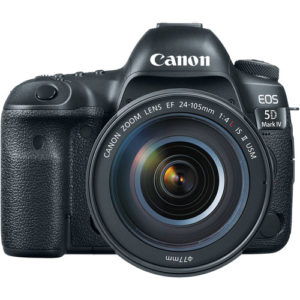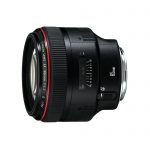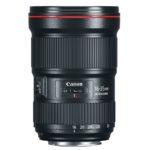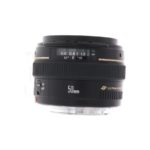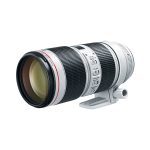Overview
Improving upon one of the most celebrated lenses in the Canon EF line is no easy feat, but Canon has done just that. The all-new EF 70-200mm f/2.8L IS III USM increases the speed, performance and optical quality of the EF 70-200 f/2.8L IS USM while maintaining all of the characteristics that have made it a legend for professionals and advanced amateurs alike. The EF 70-200mm f/2.8L IS III USM features one fluorite and five UD elements for increased optical quality and reduced chromatic aberration. It has a minimum focusing distance of 1.2m/3.9 ft. at all zoom settings, which is useful for photographers in smaller spaces trying to get closer to a subject. It features a next-generation Optical Image Stabilizer, providing up to 4 stops of correction at all focal lengths. And as with all L-series lenses, the EF 70-200mm f/2.8L IS III USM is dust- and moisture-resistant and designed for use in the challenging environments typical of rigorous professional use.
L-series quality
The L-series is Canon’s flagship professional lens range, representing the best in precision-designed EF optics. L-series lenses combine superior performance with superlative handling, and are highly resistant to dust and moisture.
Fast, constant maximum aperture
Shoot hand held in low light conditions thanks to a fast f/2.8 maximum aperture, which stays constant throughout the zoom range. Such an aperture also gives a photographer control over depth of field.
Image Stabilizer
Canon’s four-stop Image Stabilizer (IS) makes the EF 70-200mm f/2.8 IS III USM ideal for shooting in low light conditions when using a tripod is not possible. The IS system allows shutter speeds up to four stops slower than normal to be used without causing image blur.
Fluorite and ultra-low dispersion (UD) lens elements
The lens features elements made from fluorite, which reduce chromatic aberration. Five UD (ultra-low dispersion) elements are used to ensure high contrast and natural colour reproduction throughout the zoom range.
Smooth background blur
A virtually circular aperture diaphragm gives out of focus regions a softer, more uniform feel. Sharp foreground objects stand out against a smooth blurred background.
Ultrasonic focusing
A ring-type ultrasonic motor drives autofocus extremely quickly, and in near silence. Excellent holding torque ensures the point of focus is reached accurately, without overshooting. Furthermore, full-time manual override is available, making it possible to adjust focus without leaving AF mode.


